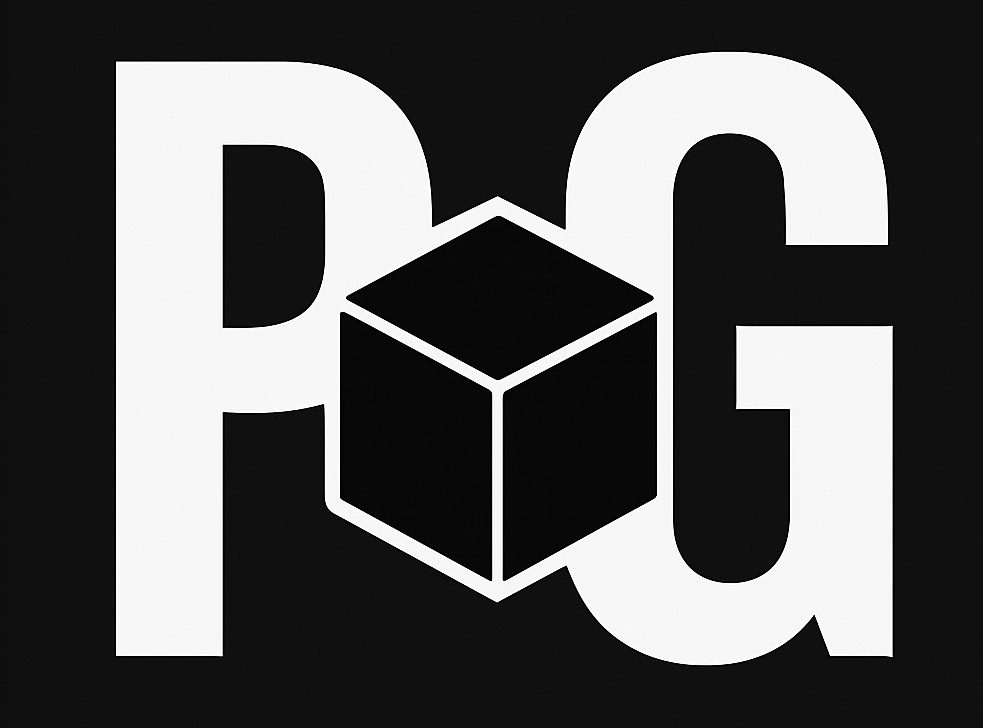Abstract: 3D grammars provide a powerful framework for procedural generation of geometries, enabling structured yet flexible designs. This paper presents a tutorial on using ProGen3D, a generative 3D modeling tool, to construct a tapered cylinder using primitives. We explore the significance of primitives in defining complex shapes, the role of grammars in hierarchical geometry generation, and how transformation rules lead to scalable and adaptable models.

1. Introduction
3D shape grammars are fundamental to computational design, allowing objects to be generated through recursive and modular definitions. ProGen3D leverages a rule-based approach to construct objects from primitives, the basic building blocks in 3D modeling. This tutorial focuses on the creation of a tapered cylinder, a shape with wide applications in manufacturing, architecture, and aerospace engineering.
2. Understanding Primitives in 3D Grammars
Primitives are the foundation of 3D grammar-based modeling, allowing designers to define complex structures through simple elements. The most common 3D primitives include:
- Cubes
- Spheres
- Cylinders
- Tori
By combining transformations such as scaling, rotation, and translation, complex geometries can be derived. In this study, we construct a tapered cylinder by defining its radius, height, and segment count, demonstrating how primitives can be utilized efficiently in ProGen3D.
3. Grammar-Based Definition of a Tapered Cylinder
The following ProGen3D grammar defines the tapered cylinder, using a sequence of radius transformations and segment subdivisions:
X -> R len ( 0.3 0.3 ) R radius ( 1.75 1.75 ) R* count ( 63 63 )
A ( 180 2 ) A ( 90 0 ) S ( 1 1 2 ) [ Y ]
Y 28 len count radius -> A ( 13 2 ) [ YB ]
YB -> T ( -radius 0 0 ) [ YB1 ] [ YB2 ]
YB1 -> S ( radius len 1 ) D ( 1 0.03 1 ) I ( CubeX 2 0 1 )
YB2 -> A ( 100 0 ) S ( radius len 1 ) D ( 1 0.03 1 ) I ( CubeX 2 0 1 )
YC1 -> T ( 0 0 -0.5 ) A ( 90 2 ) [ S ( 2*len 3*len 1 ) D ( 1 0.05 1 ) I ( CubeY 2 0 1 ) ]
3.1 Explanation of Rules:
X: Root rule that initializes the radius, length, and count parameters.Y: Defines how the cylinder is broken into segments.YB: Generates the base structure using the transformationT (-radius 0 0), affecting the cylinder’s form.YB1 & YB2: Apply scaling (S), displacement (D), and insertion (I) of CubeX to define geometry.YC1: Final transformation, ensuring tapering by adjusting radius and length proportions.
4. Why Primitives Are Essential in 3D Grammars
4.1 Hierarchical Construction
Primitives provide a structured approach to modeling, where each transformation builds upon previous steps, enabling:
- Efficient procedural modeling
- Scalability for different resolutions
- Consistency in geometric rules
4.2 Adaptability in Design
By modifying scaling factors and transformations, designers can adapt primitive-based grammars to:
- Different manufacturing constraints
- Optimized geometries for aerodynamics
- Artistic interpretations in architecture
5. Conclusion
The use of primitives in 3D grammars forms the backbone of procedural modeling, allowing complex objects such as a tapered cylinder to be generated efficiently. ProGen3D provides a structured approach to hierarchical modeling, making it a valuable tool for engineering, design, and simulation. Understanding the principles of transformation rules, scaling, and hierarchy enables users to construct highly adaptable and scalable 3D models.
6. Future Work
- Integration with AI-driven generative models for more adaptive grammar-based designs.
- Exploration of dynamic transformations to simulate physical deformations.
- Application of ProGen3D in real-world aerospace components.
References
[1] Stiny, G. (1980). “Introduction to Shape Grammars.” Environment and Planning B: Planning and Design. [2] Wonka, P., et al. (2003). “Instant Architecture.” ACM Transactions on Graphics. [3] Smith, G. (2012). “Procedural Content Generation: Past, Present, and Future.” AIIDE Conference.
Keywords: Procedural Modeling, 3D Grammars, Primitives, ProGen3D, Tapered Cylinder, Computational Design

